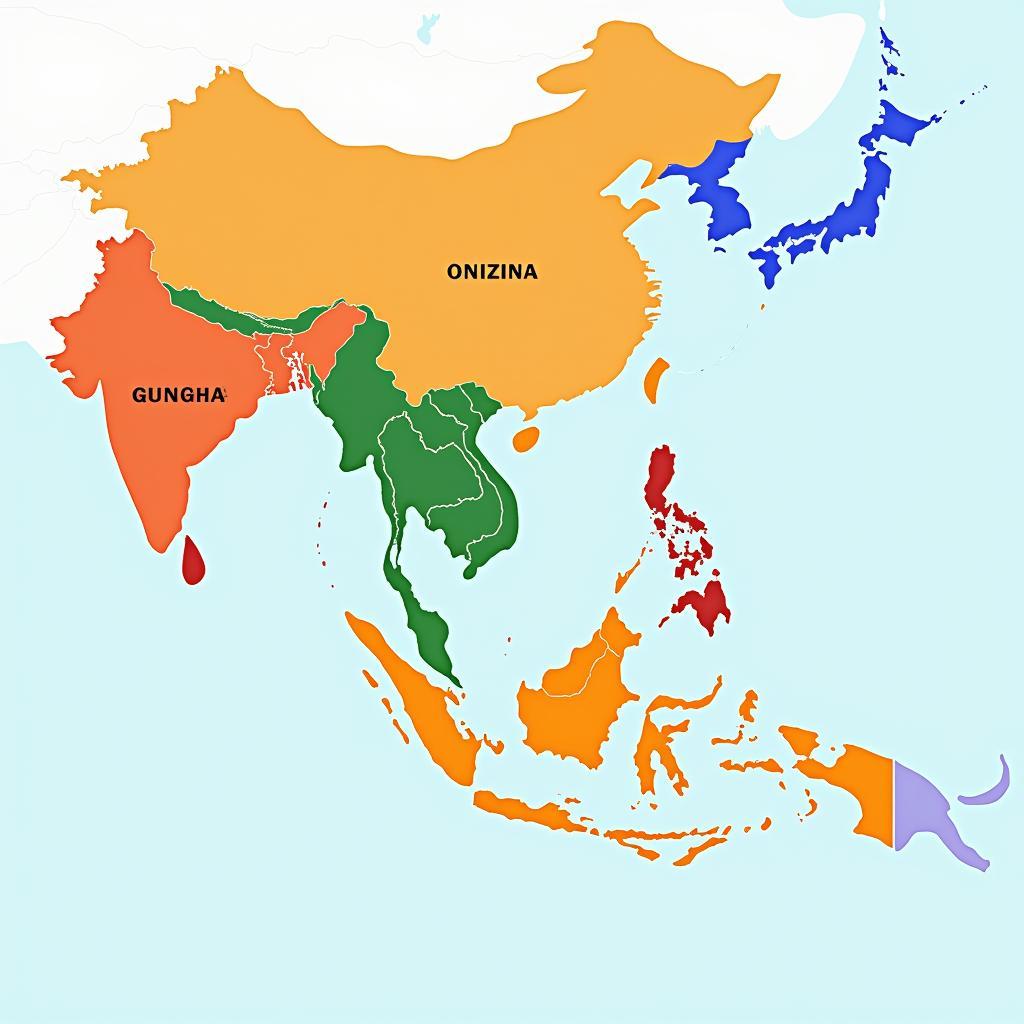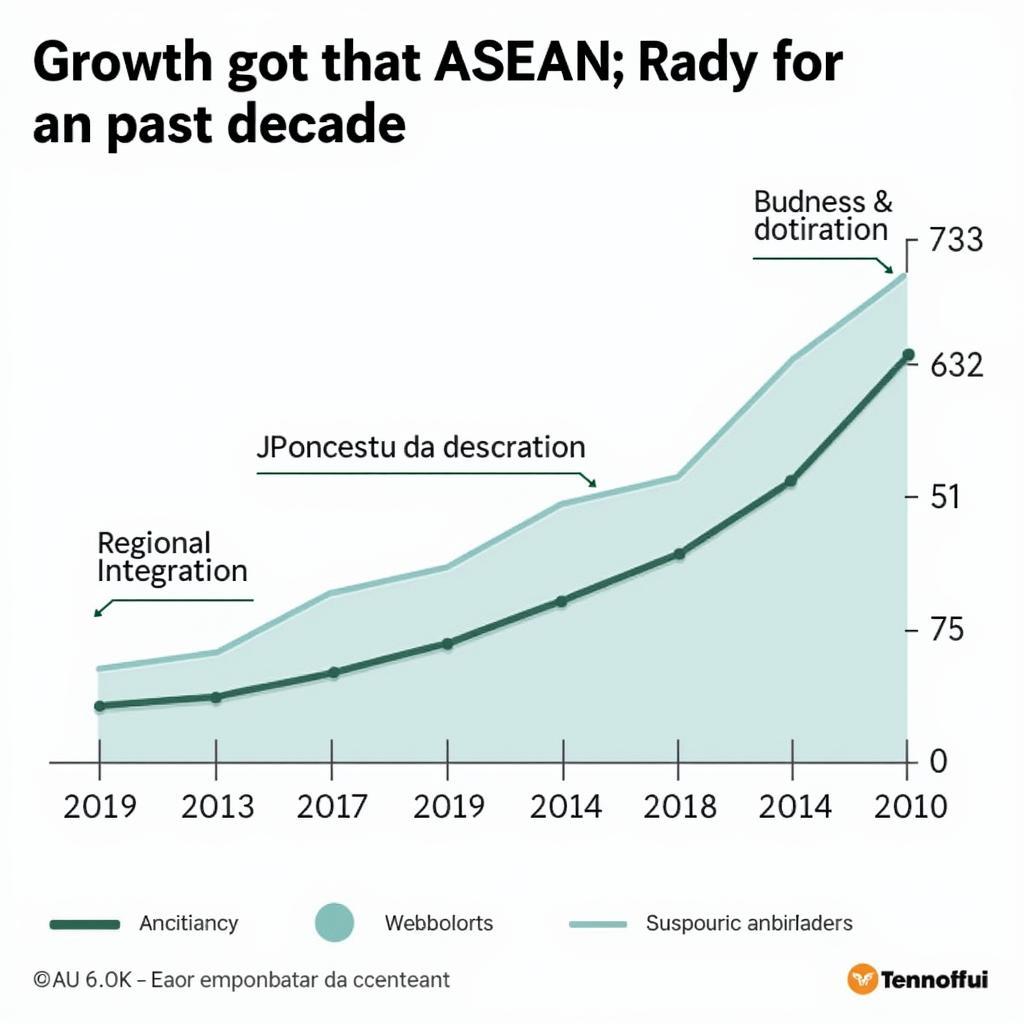Southeast Asia, a vibrant tapestry of cultures and languages, can feel both familiar and delightfully different. Whether you’re a budding entrepreneur, a seasoned traveler, or just curious about the region, understanding some key “Ase Vocab” can be your secret weapon.
This guide is your one-stop shop for navigating the linguistic landscape of Southeast Asian businesses, media, and cultural trends. We’ll equip you with the terminology to confidently engage with this dynamic region.
ASE: More Than Just Letters
While “ASE” itself isn’t a formal acronym, it represents a powerful concept: the spirit of collaboration and shared identity within the Association of Southeast Asian Nations. Think of “ASE vocab” as the keywords unlocking a deeper understanding of this dynamic region.
Why ASE Vocab Matters
Mastering key terms helps you:
- Decode Business Trends: From “ASEAN Economic Community (AEC)” to “digital nomads,” understanding the lingo gives you a competitive edge.
- Navigate Media: Whether it’s “K-dramas” taking the region by storm or the rise of “ASEAN influencer marketing,” you’ll be in the know.
- Connect with Culture: Deciphering terms like “Batik” (traditional textile) or “Wayang Kulit” (shadow puppetry) opens doors to cultural appreciation.
Your Essential ASE Vocab Toolkit
Here’s a starter pack of terms to get you going:
Business & Economy:
- ASEAN Economic Community (AEC): The framework for economic integration in Southeast Asia.
- RCEP (Regional Comprehensive Economic Partnership): The world’s largest trade agreement, encompassing ASEAN and key partners.
- Halal: Products and services compliant with Islamic law, a significant consideration in Southeast Asia’s Muslim-majority markets.
- MSME (Micro, Small & Medium Enterprises): The backbone of Southeast Asian economies, representing a huge opportunity for growth.
Media & Entertainment:
- C-Drama/K-Drama/Lakorn: Popular TV series from China, Korea, and Thailand respectively, demonstrating the influence of cross-border entertainment.
- Dangdut: A genre of Indonesian folk music, often fused with other genres, highlighting the region’s diverse musical landscape.
- ASEAN Film Festival: A platform showcasing the talent and creativity of Southeast Asian filmmakers.
Culture & Society:
- ASEAN Way: A consensus-based approach to regional cooperation, emphasizing harmony and non-interference.
- Batik/Songket/Ikat: Traditional textile-making techniques found across Southeast Asia, representing the artistry and cultural heritage of the region.
- Ramayana: The epic Hindu poem that has inspired countless artistic expressions across Southeast Asia, demonstrating the interconnectedness of the region’s cultures.
 Southeast Asian Map
Southeast Asian Map
ASE Vocab in Action
Let’s say you’re reading an article about the rise of e-commerce in Southeast Asia. You might come across terms like:
- Shopee/Lazada: Major e-commerce platforms in Southeast Asia.
- Gojek/Grab: Superapps offering a wide range of services, from transportation to payments.
- Digital Payment Gateways: Systems enabling online transactions, crucial for e-commerce growth.
By understanding these terms, you gain valuable insights into the trends shaping Southeast Asia’s digital economy.
Beyond the Basics
Learning “ASE vocab” is an ongoing journey. Here are some tips to keep expanding your knowledge:
- Follow ASEAN news outlets: Stay updated on regional developments and the language used to describe them.
- Engage with Southeast Asian content: Explore films, music, literature, and online communities to pick up on colloquialisms and cultural references.
- Don’t be afraid to ask: Curiosity is key! If you encounter an unfamiliar term, ask someone knowledgeable about the region.
 People Learning Languages
People Learning Languages
Conclusion
Mastering “ASE vocab” is more than just memorizing words – it’s about unlocking a deeper understanding and appreciation for Southeast Asia’s rich tapestry. As you become more fluent in the region’s language, you’ll find yourself better equipped to navigate its business landscape, engage with its vibrant culture, and connect with its people. So, dive in, explore, and embrace the linguistic adventure!
FAQs About ASE Vocab
1. Is there a specific dictionary for ASE vocab?
While there isn’t one comprehensive dictionary, several online resources and glossaries focus on Southeast Asian business, media, and cultural terms.
2. How can I use ASE vocab in my work?
Incorporating relevant ASE vocab into your presentations, reports, or marketing materials can demonstrate your knowledge and understanding of the region.
3. What are some common challenges in understanding ASE vocab?
The diversity of languages and dialects within Southeast Asia can pose a challenge. Additionally, cultural nuances and context often influence the meaning of words and phrases.
4. Are there any online communities where I can learn more about ASE vocab?
Yes! Several online forums and social media groups are dedicated to Southeast Asian languages and cultures. These platforms can be excellent resources for learning new vocabulary and engaging in discussions.
5. How does learning ASE vocab benefit me personally?
Beyond professional advantages, understanding ASE vocab enhances your travel experiences, broadens your cultural horizons, and allows for more meaningful interactions with people from Southeast Asia.
Need Help Navigating the World of ASEAN?
We’re here to assist! Contact us at:
Phone: 0369020373
Email: [email protected]
Address: Thôn Ngọc Liễn, Hiệp Hòa, Bắc Giang, Việt Nam.
Our dedicated team is available 24/7 to provide you with the information and support you need.


